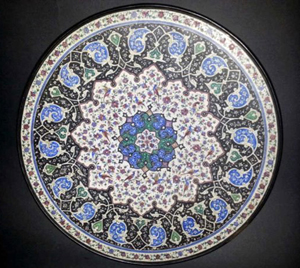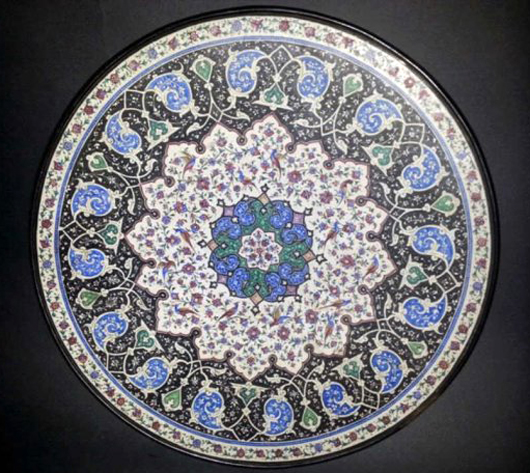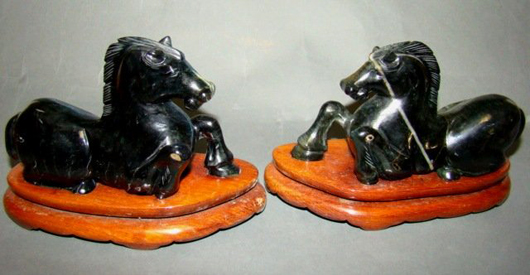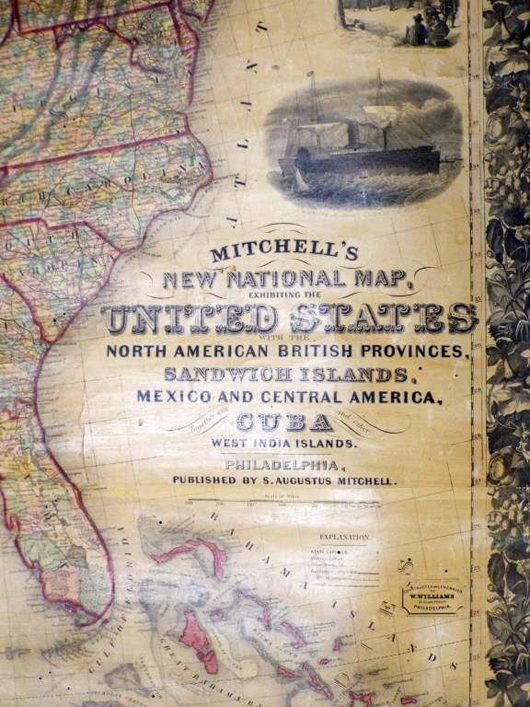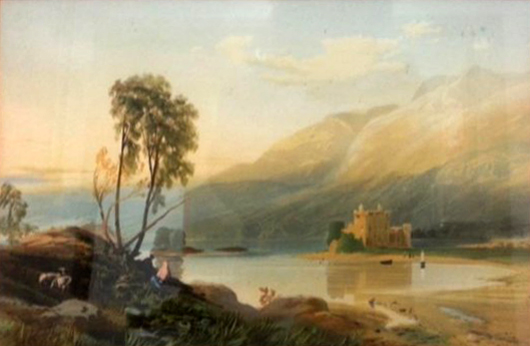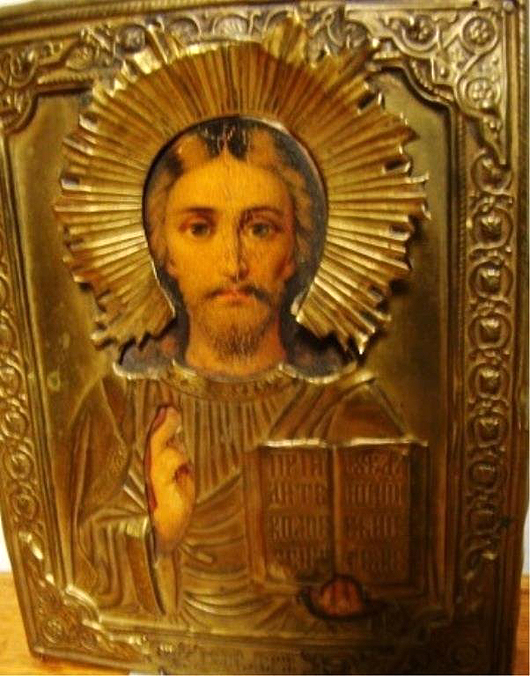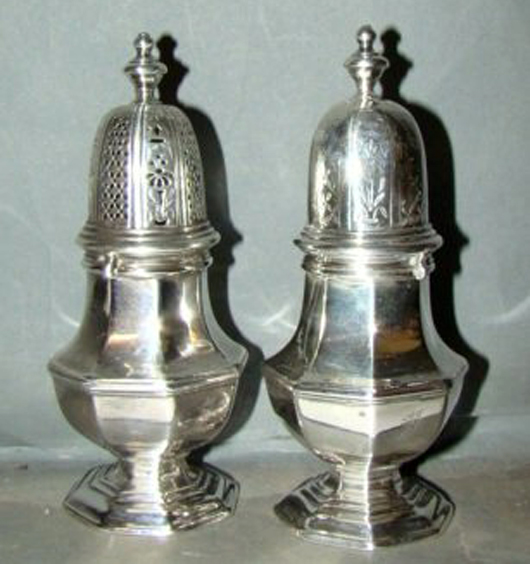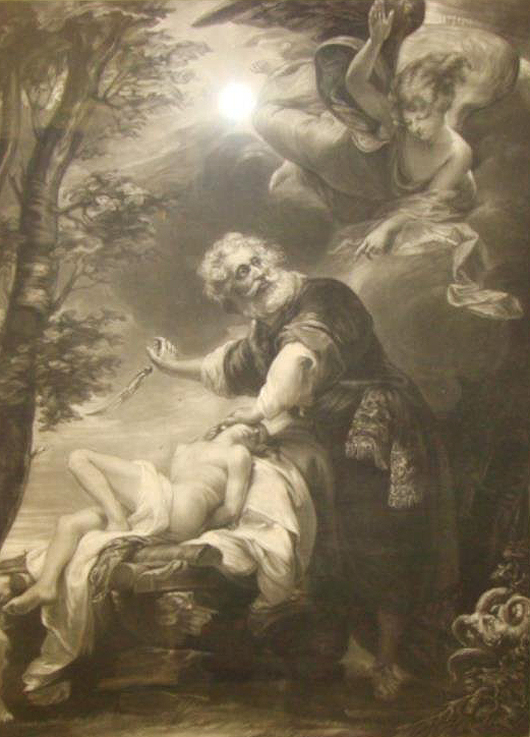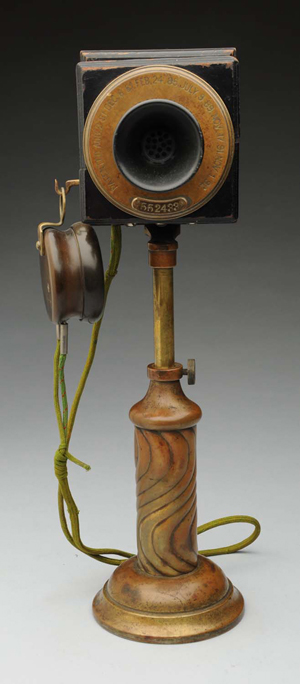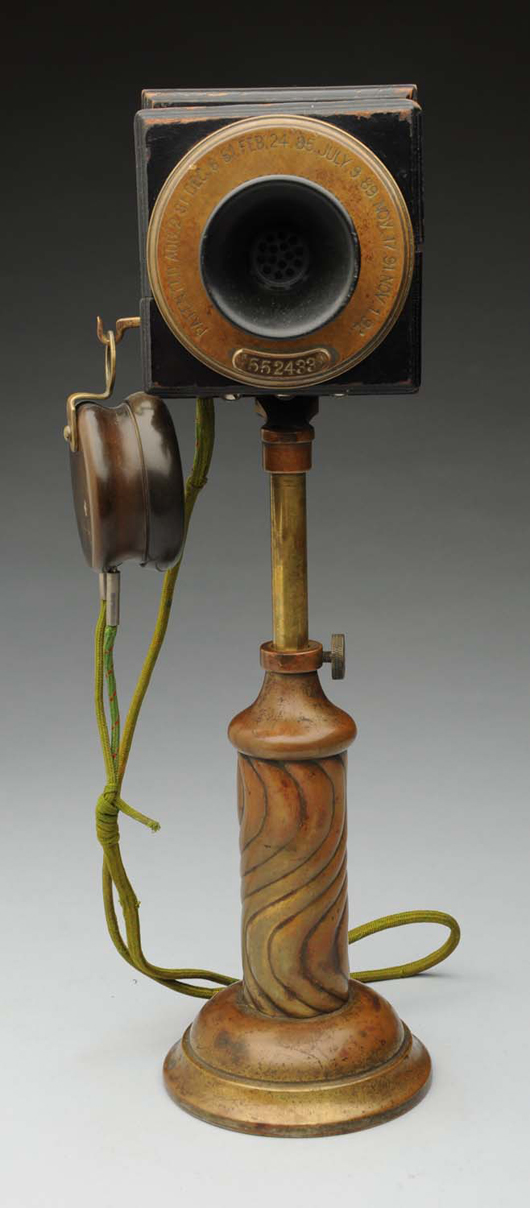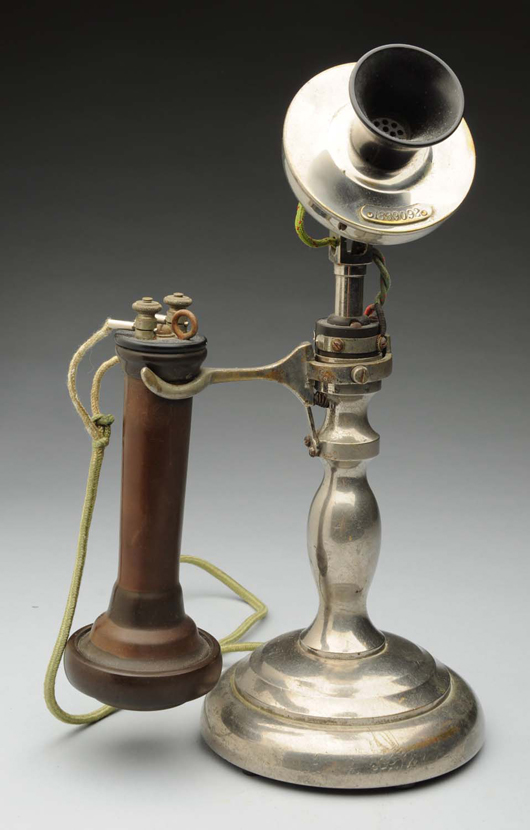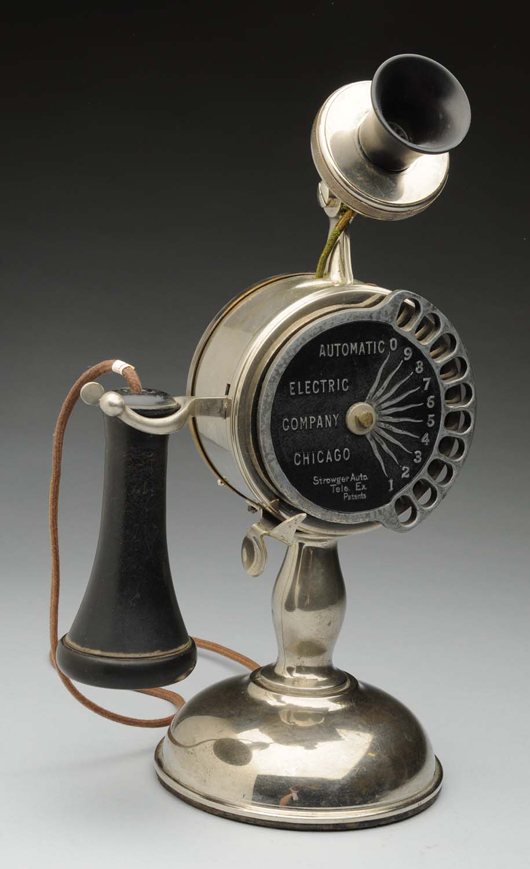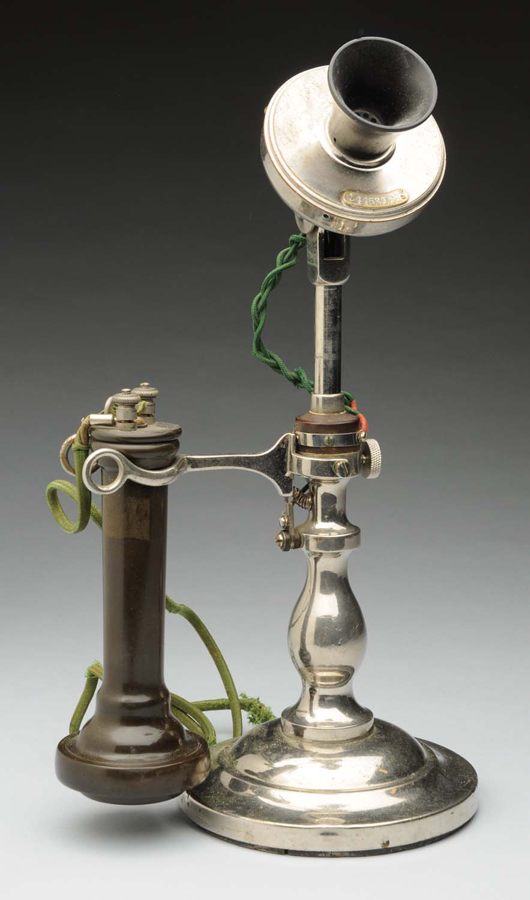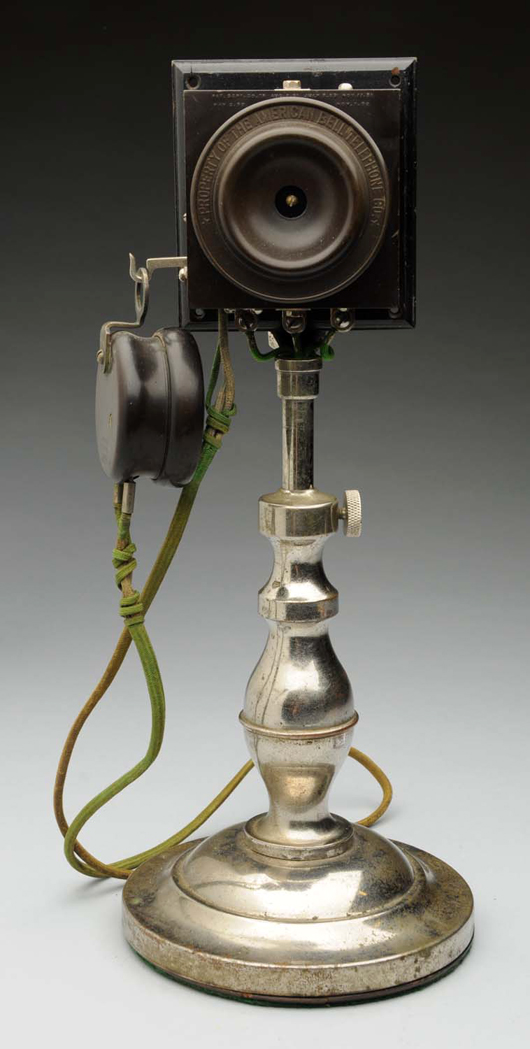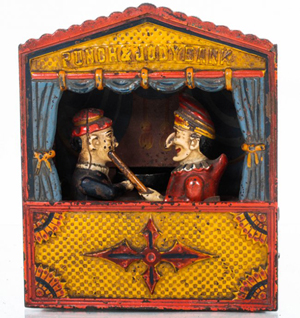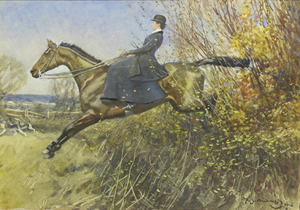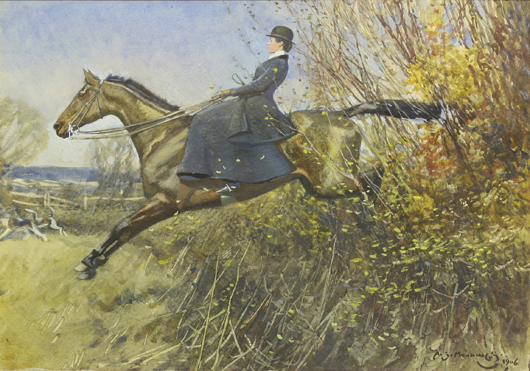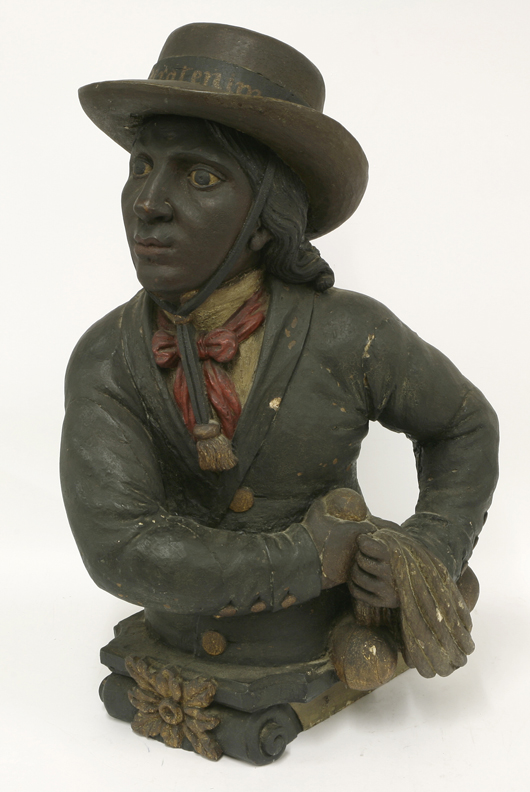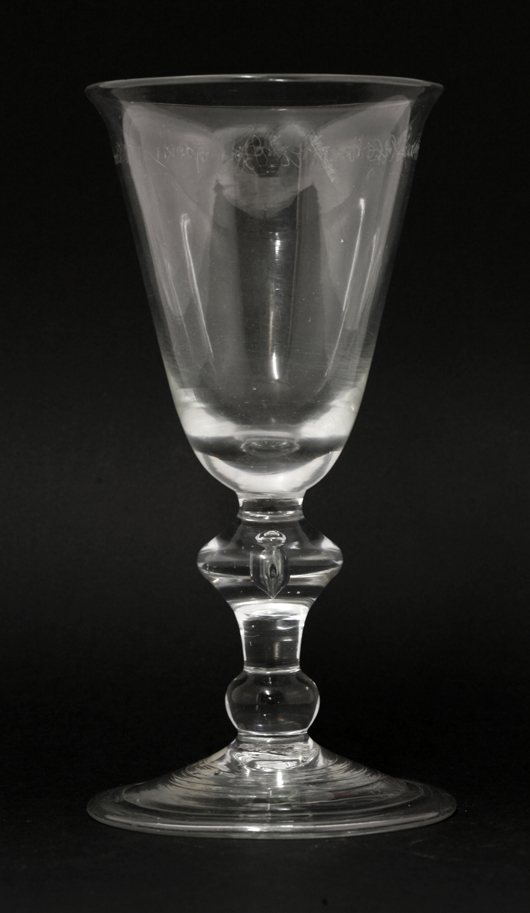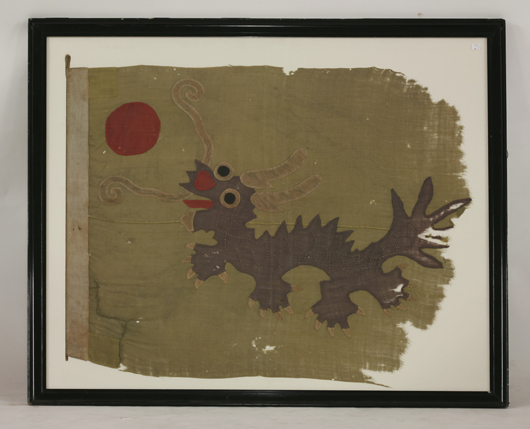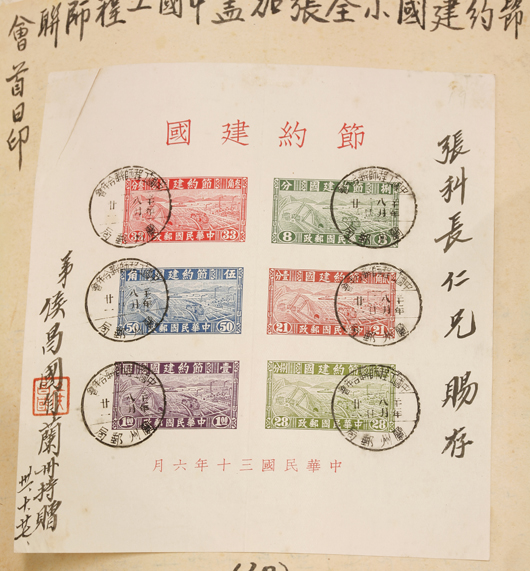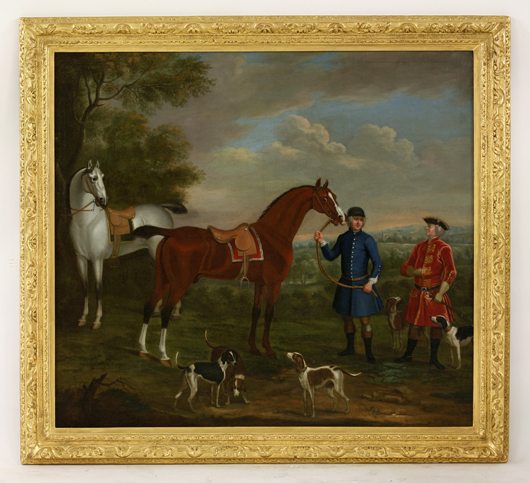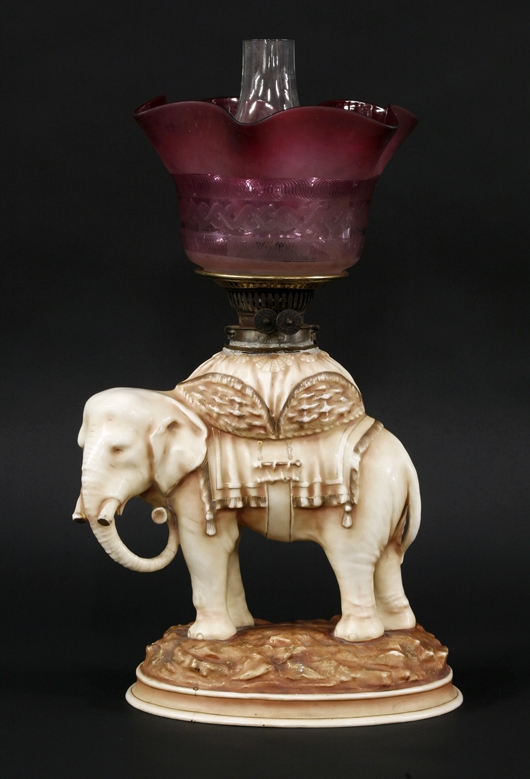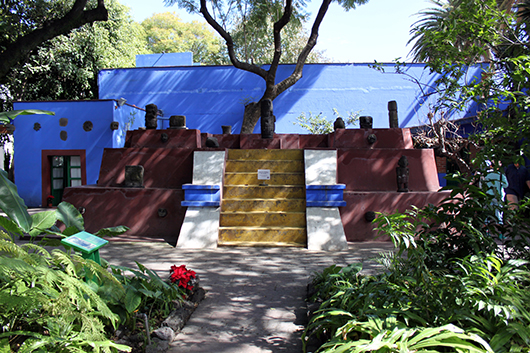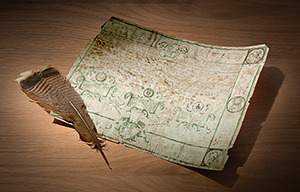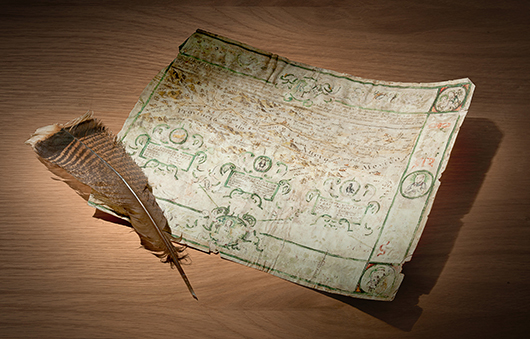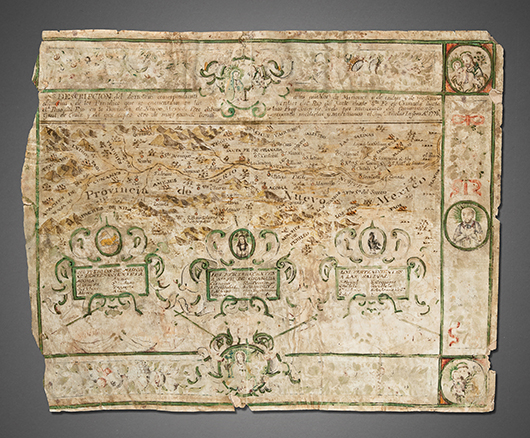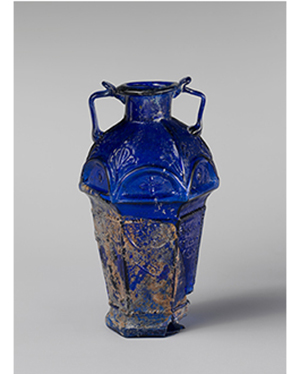
AUSTIN, Texas – The Harry Ransom Center, a humanities research library and museum at the University of Texas at Austin, has acquired the archive of Nobel Prize-winning author Gabriel García Márquez (1927–2014).
The archive documents the life and work of García Márquez, an author who obtained nearly unanimous critical acclaim and a worldwide readership.
Spanning more than half a century, García Márquez’s archive includes original manuscript material, predominantly in Spanish, for 10 books, from One Hundred Years of Solitude (1967) to Love in the Time of Cholera (1985) to Memories of My Melancholy Whores (2004); more than 2,000 pieces of correspondence, including letters from Carlos Fuentes and Graham Greene, drafts of his 1982 Nobel Prize acceptance speech, more than 40 photograph albums documenting all aspects of his life over nearly nine decades, the Smith Corona typewriters and computers on which he wrote some of the 20th century’s most beloved works, and scrapbooks meticulously documenting his career via news clippings from Latin America and around the world.
“García Márquez is a giant of 20th-century literature whose work brims with originality and wisdom,” said Bill Powers, president of the University of Texas at Austin. “The University of Texas at Austin — with expertise in both Latin America and the preservation and study of the writing process — is the natural home for this very important collection. Our students, our faculty and the state of Texas will benefit from it for years to come.”
Highlights in the archive include multiple drafts of García Márquez’s unpublished novel We’ll See Each Other in August, research for The General in His Labyrinth (1989) and a heavily annotated typescript of the novella Chronicle of a Death Foretold (1981). The materials document the gestation and changes of García Márquez’s works, revealing the writer’s struggle with language and structure.
“Heir and admirer of literary innovators like Jorge Luis Borges, Virginia Woolf and William Faulkner, García Márquez experimented with intricate narrative structures, with lush and winding long sentences, with the clash of the ordinary and the impossible,” said José Montelongo, interim Latin American bibliographer at the university’s Nettie Lee Benson Latin American Collection. “He was a master of the short form in novellas that read like Greek tragedies set in the Caribbean, as well as a consummate long-distance literary runner, master of the sprawling, genealogic novel in which everything fits, including history and crime and love and miracles. Above all, he was an intoxicating stylist with the primal instincts of a storyteller. As one literary critic has put it, García Márquez’s imagination was so powerful and original that he will be remembered as a creator of myths, a Latin American Homer.”
Born in Colombia, García Márquez began his career as a journalist in the 1940s, reporting from Bogotá and Cartagena and later serving as a foreign correspondent in Europe and Cuba. In 1961, he moved to Mexico City. Alongside his prolific journalism career, García Márquez published many works of fiction, including novels, novellas and multiple short story collections and screenplays. He published the first volume of his three-part memoir Vivir Para Contarla (“Living to Tell the Tale”) in 2002.
In a 1981 interview with The Paris Review, García Márquez said: “It always amuses me that the biggest praise for my work comes for the imagination, while the truth is that there’s not a single line in all my work that does not have a basis in reality. The problem is that Caribbean reality resembles the wildest imagination.”
The archive will reside at the Ransom Center alongside the work of many of the 20th century’s most notable authors, including Jorge Luis Borges, William Faulkner and James Joyce, who all influenced García Márquez.
The García Márquez materials will be accessible once processed and cataloged,
ADDITIONAL IMAGE OF NOTE



